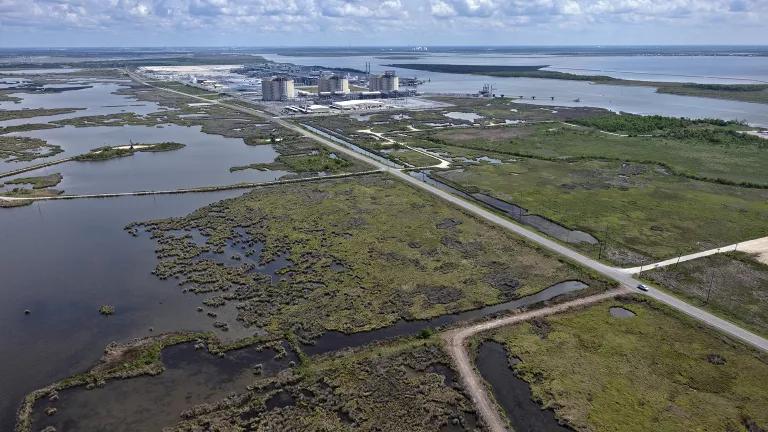More Drinking Water Contamination Linked to the Oil and Gas Industry in Texas and Pennsylvania
Two recent drinking water investigations in Texas show dangerous levels of contamination.
The larger study tested 550 water samples collected from public and private water wells in the north Texas Barnett Shale region over a three-year period and found that the closer a water well is to a fracked gas well, the higher the concentration of contaminants including arsenic, selenium, strontium, and barium. This investigation also found "alarming" levels of benzene, a known carcinogen.
A smaller study in in south Texas sampled water quality in 80 homes in the Eagle Ford shale region. Of the 80 samples, 20 (25%) showed contamination with high levels of bromide. According to the scientist who conducted the investigation: "almost exclusively those were found within one kilometer of the drilling sites." The sampling also found a few occurrences of volatile organic compounds that are dangerous to human health.
Bromide is known to be found in oil and gas wastewater, and when combined with chlorine, which is often used in drinking water disinfection, it can form highly toxic byproducts known as trihalomethanes.
In Pennsylvania, a 2015 report issued by Public Herald, a non-profit team of journalists, looked at transparency and procedural problems at the Pennsylvania Department of the Environment by reviewing hundreds of files where water had been contaminated. Back in 2014 I blogged about 248 cases in Pennsylvania where oil and gas companies contaminated private drinking water supplies. Public Herald looked at those and others. Among other things, the report found:
- DEP used post-drilling water tests to determine contamination in some cases, instead of baseline water tests.
- DEP never issued determination letters on some cases.
- DEP does not issue determination letters when a homeowner is working to resolve the issue directly with the oil and gas company, so there are no public records of contamination for those cases.
- Files were destroyed after only five years.
- DEP issued different conclusions to homes near each other with similar complaints.
The report includes valuable analysis and offers a roadmap for state regulators to improve their complaint and enforcement process.




